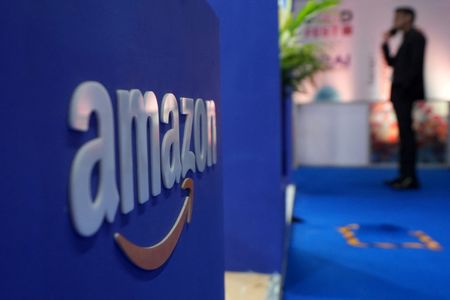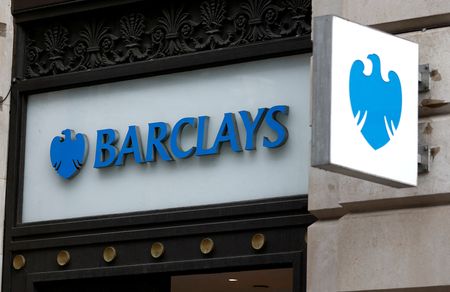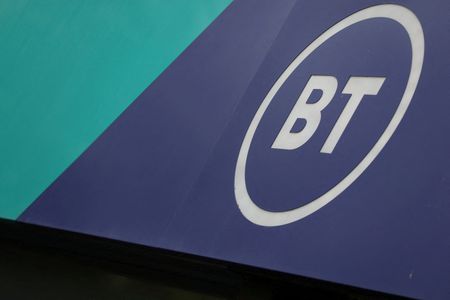By Aditya Soni and Kanchana Chakravarty
(Reuters) -Amazon.com shares <AMZN.O> fell 7% on Friday as the tech giant’s results fanned investor fears its cloud unit was falling behind Microsoft and Alphabet in the artificial intelligence race.
Amazon Web Services, long the cloud-computing market leader, edged past Wall Street estimates for June-quarter revenue on Thursday with a 17.5% increase, but it widely lagged the 39% growth seen at Microsoft Azure and Google Cloud’s 32% gain.
That disappointing growth came even as Amazon shelled out $31.4 billion in capital expenditure, more than rivals, and suggested it would spend a more-than-estimated $118 billion for the year.
Google and Microsoft also pledged higher spending, but were rewarded from investors on signs AI was already becoming a major growth driver across their businesses, justifying the bill.
The companies have been spending billions of dollars on datacenters and cutting-edge chips that they say are necessary to overcome supply constraints hampering their efforts to capitalize on soaring demand for AI services.
“The spotlight was firmly on AWS and it didn’t quite shine as brightly as expected,” said Matt Britzman, senior equity analyst at Hargreaves Lansdown. “While Microsoft and Alphabet have already shown strong momentum in cloud growth, AWS wasn’t the knockout many wanted to see.”
Growing expenses have also started to take a bite out of AWS’s margins, the business that has long been Amazon’s profit engine, accounting for about 60% of its operating income.
AWS margins contracted to 32.9% during the quarter, their lowest level since the final quarter of 2023, and Amazon also issued a current-quarter total operating income forecast that was lower than market estimates.
CEO Andy Jassy told analysts on a post-earnings call that it was still “very early days” in the AI race and that Amazon’s massive cloud business, much larger than rivals, was primed to perform well once the AI capacity constraints start to ease.
The stock, now down 1.5% for the year, was at $216.2 in late morning trading. The drop was set to erase around $170 billion from Amazon’s market value, if the losses hold.
The company still trades at a relatively high premium, with a 12-month forward price-to-earnings ratio of 33.87, compared with Microsoft’s 34.19 and Alphabet’s 18.64, according to data compiled by LSEG.
RETAIL RESILIENCE
At least 30 analysts raised their price targets on the stock, while three lowered, giving it a median view of $260.
Some of that analyst confidence comes from the strong performance of Amazon’s retail business, which has remained resilient in the face of Trump administration tariffs that have hobbled many retailers and their supply chains.
Amazon has yet to see a drop in demand or a notable rise in prices in the first half of the year, Jassy said, as its online store sales jumped a better-than-expected 11% in the second quarter.
Manufacturers and suppliers have shouldered most of the tariff impact so far, analysts said, but noted that much of the inventory Amazon sold in the quarter arrived in the preceding three-month period.
“If Amazon’s retail business was a standalone entity, it would be trading dramatically higher following the near-perfect results,” said Michael Morton, analyst at MoffettNathanson.
“Unfortunately, as we all know, the success of the retail business is not what’s going to matter in the near term for Amazon’s stock price.”
(Reporting by Aditya Soni and Kanchana Chakravarty in Bengaluru and Amanda Cooper in London; Editing by Alun John and Shilpi Majumdar)











